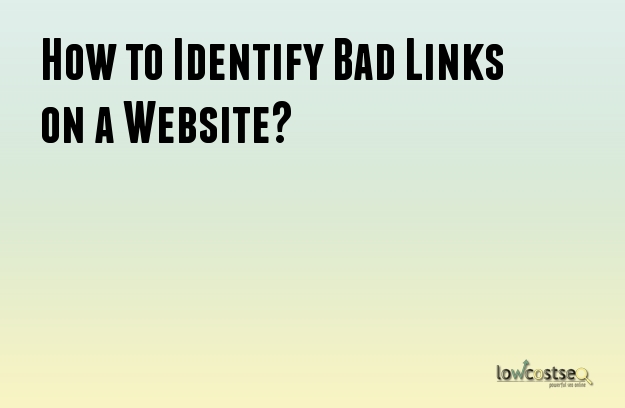
We must stress that this is somewhat a challenging task because there is simply no set method that we are aware of by which Google decides whether to penalize a site or not. You can never be sure which links are actually helping your site rankings, it could be a few “iffy” links too. You will be fine unless you are doing something against Google’s policies for instance, building spammy links which in the long term could lead you to a penalty hanging over you. Please ensure when you remove the links, they are done manually, because you do not want to remove those links that are helping you. We understand it can take some effort to do it manually but it’s the best way forward.
Here is what to look out for:
- Non-niche directories which hold no particular focus or have any criteria
- Fake blog comments with spammy link text attached to it (ie, not your name)
- Some site-wide links may require some further investigation
- Look-out for all those sites that are completely irrelevant to your site
- Check the profile links and see if you can locate any low quality or spun article links
Begin working your way through the list and allocate each link with a quality rating, for instance 4 to be good, 3 to be fair, 2 to be poor and 1 to be very low quality. This is a good way to focus on the bad links to begin with. This is a good method as you will learn more about the different types of links such as spammy comments, articles, guest posts, etc. To get the new list every couple of weeks is pretty simply as you can download it from the Webmaster Tool. Make sure that you always get a fresh list every few weeks and mostly focus on the newest links as these have been knows to impact you the most. Do take into consideration that this is an on-going task not just short term.
Deciding Factor
Do not begin this process unless you have a strong reason to believe that you are at risk. Many sites out there have at least a few spammy or dodgy links so that is not really the issue as the main point is the bad link which is needed to be removed as quickly as possible. The decision is entirely yours as to how and when you do it and whether you opt for the manual clean-up or automated. We advise manual clean-up always.
A clean profile is a good idea
After you have allocated a quality score and categorised the links, you can then go ahead and conduct further analysis. We advise you to calculate the overall percentage of the bad quality links to the good ones and look at what sort of links is your link profile mainly made up of.
Tracking and monitoring the link profile
If you are dedicated in this job and are consistently tracking and monitoring your link profile, you will be able to assess whether or not the link profile is improving or worsening.
There are no set scores or guidelines to give you as all depends on your niche, however you can still attempt to assess the link and grade it in terms of acceptability or not.
